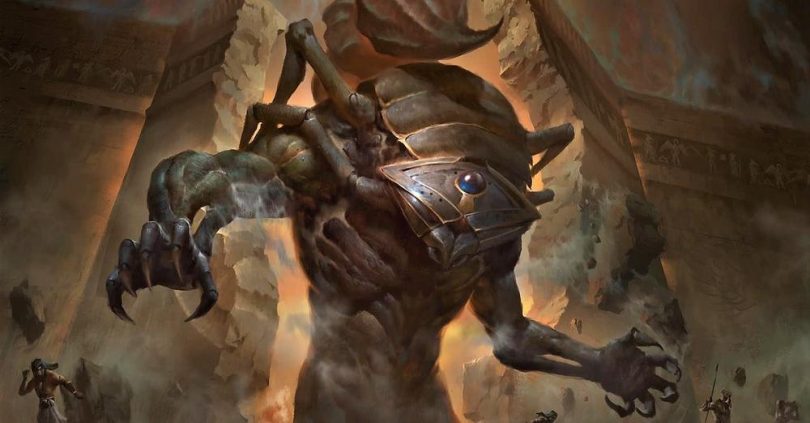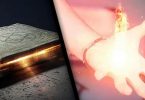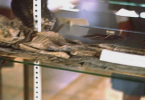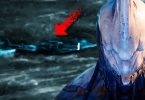An astonishing 5,000-year-old piece of limestone discovered at an ancient Egyptian site reveals the existence of a “Scorpion King,” but who was this character?
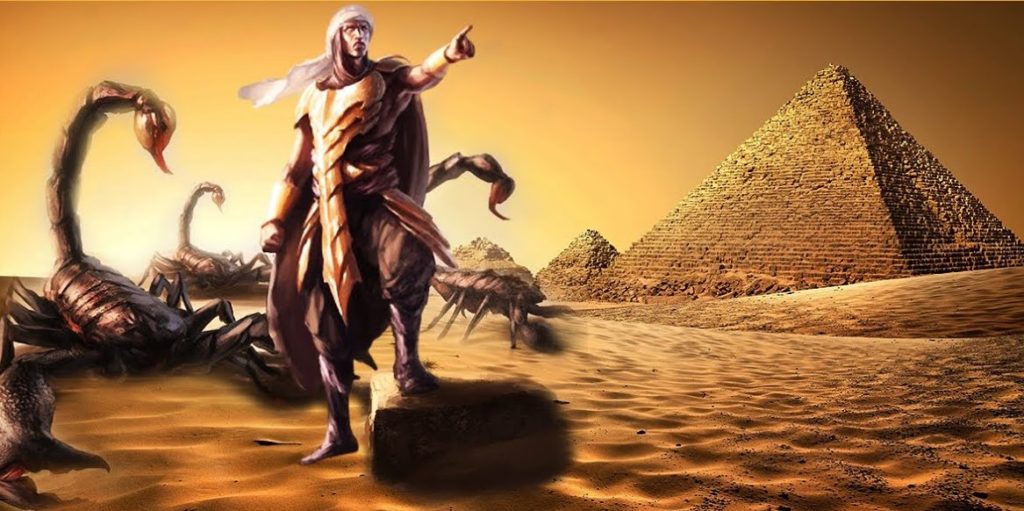
Between 1896 and 1898, the British archaeologist James Edward Quibell and his colleague Frederick William Green were excavating in the ancient predynastic city of Hierakonpolis (known as Nekhen to the ancient Egyptians), near present-day El-Kab, in Upper Egypt, when They made a surprising discovery in one of the city’s temples:
A highly fragmented limestone mace head, dated to about 3100 BC, 25 centimeters high and nine kilos in weight, which had a curious decoration.
In it you could see the image in relief of a king wearing the white crown of Upper Egypt, with a bull’s tail hanging from his waist and carrying an agricultural instrument (a hoe) in his hands.
On his head a rosette-shaped flower was arranged, with seven petals (a symbol used during the Egyptian predynastic to symbolize the sovereign) and, the most curious thing, in front of the king’s face the figure of a scorpion can be clearly appreciated.
As there is no more information on the name of this ancient ruler, Quibell baptized him as the Scorpion King. The splendid piece was taken to the Ashmolean Museum in Oxford, where it is currently on display.
One hundred years later, in 1988, a German archaeological mission, led by the Egyptologist Gunter Dreyer, who was carrying out excavations in the royal cemeteries of Abydos, in Umm el-Qaab, in Upper Egypt, discovered, in the so-called “ U ”Cemetery, a large underground tomb (UJ) made up of twelve rooms.
The tomb had been looted in the most remote antiquity, but in one of its chambers the archaeologists found a heka ivory scepter (in the form of a crook), a symbol of royal power, and some four hundred ceramic vessels from the Near East, which attests to the existence of commercial relations between both territories in such remote times.
Some of these jugs had the symbol of the scorpion painted on one of their sides. Had archaeologists discovered the tomb of the mysterious ruler whose mace was found by Quibell?
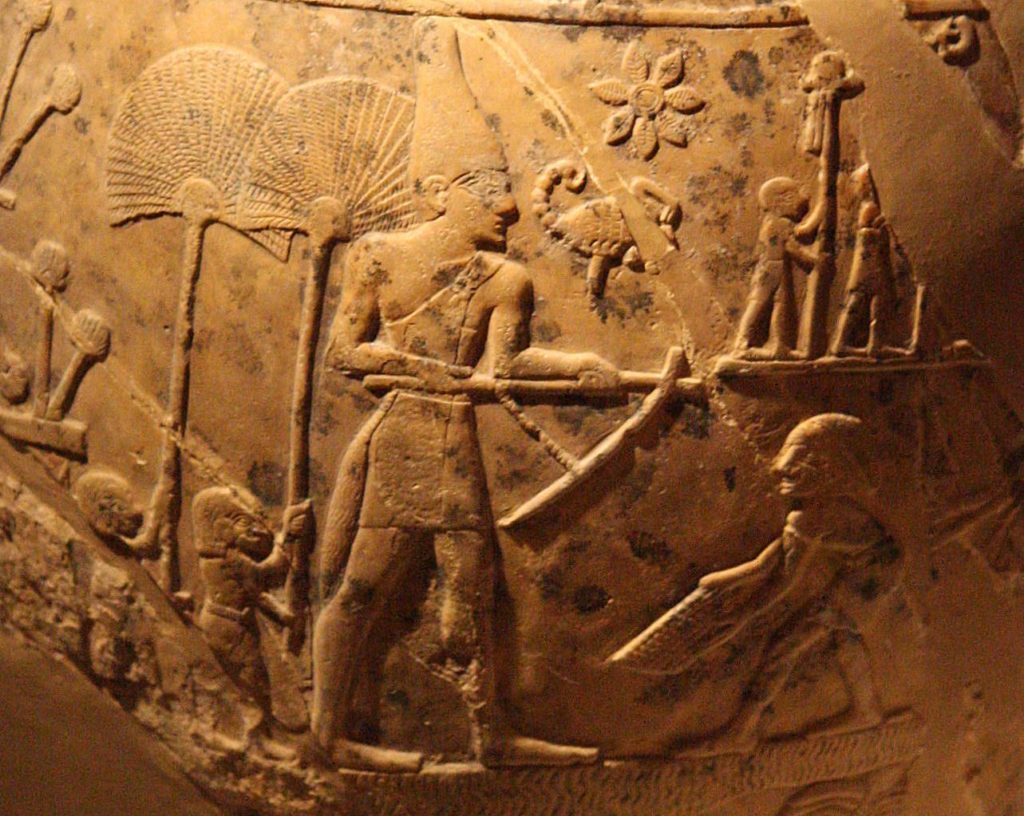
Although this extreme could not be confirmed, it has been possible to date the tomb, some one hundred years before Dynasty I of Egypt, around 3200 BC, a period that Egyptologists have baptized as Dynasty O.
But recent research suggests that the UJ tomb at Abydos belonged to another Scorpion king, who reigned before the monarch depicted on the Hierakonpolis macehead. Researchers have named him Horus Scorpion I.
But then .. Who was the Scorpion king depicted in the mace head discovered by Quibell in Hierakonpolis?
The reliefs on this piece clearly indicate that he was a king of Upper Egypt and that at that time the country was not yet unified.
Researchers have not yet reached an agreement on this, but one of the most widespread theories is that this character, whom researchers have dubbed Horus Scorpion II (Hor Serq), was possibly the father or predecessor of Narmer, the king who is unanimously attributed the unification of Egypt and is considered the first pharaoh in history.
It is not known with total certainty where Horus Scorpion II was buried, but Dreyer and his team pointed out as a possible burial place of this ruler the tomb B-50 of the so-called “Cemetery B” of Abydos.
Actually we can know little about the true Scorpion king, although Hollywood has been responsible for filling that gap with a series of films (specifically four) dedicated to the character.
Obviously, cinema is entertainment and we all like adventure films, even if they are not true to life.
In the case that concerns us, the same thing happens and we can affirm without fear of being mistaken that all similarities between the real Scorpion King and the fictional one, as one would say in the cinematographic world, “is pure coincidence”.

